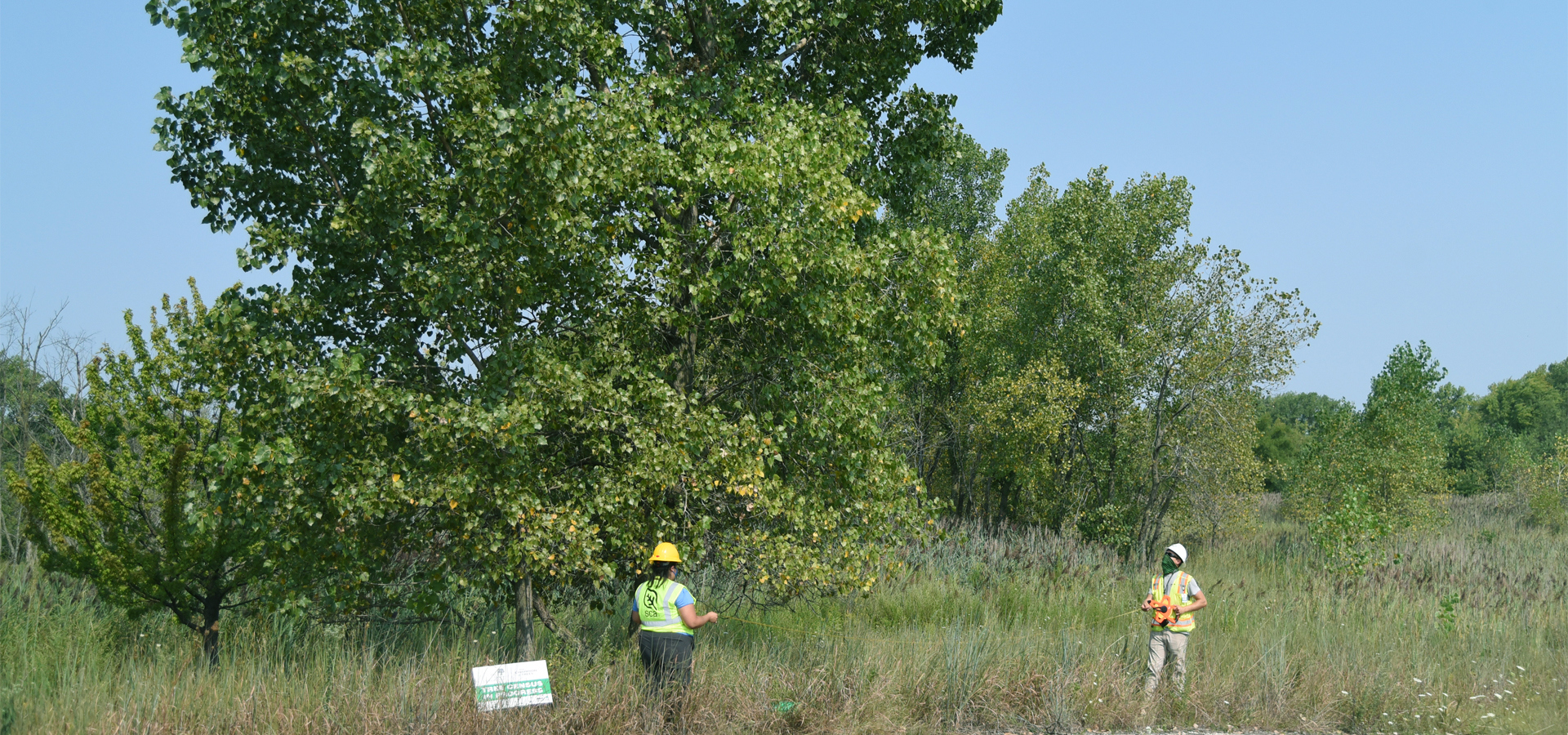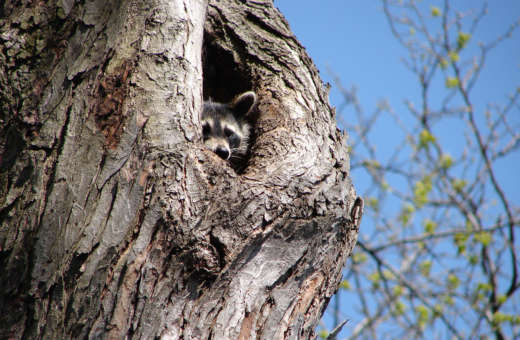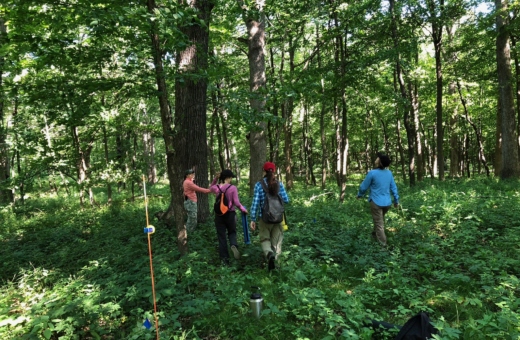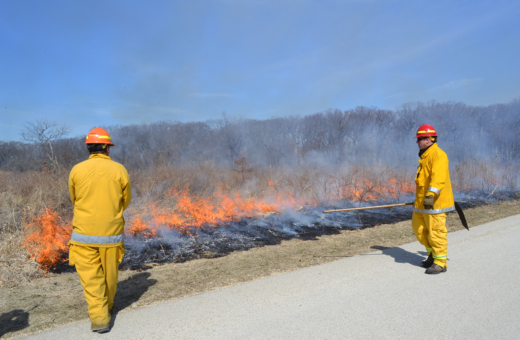Blog Post
July 20, 2021
The 2020 Chicago Region Tree Census: An Interview with Census Researcher, Chai-Shian Kua
The Morton Arboretum recently published the findings of its 2020 Chicago Region Tree Census—a scientific study assessing the structure and composition of the regional forest in the seven-county Chicago region (including the city of Chicago) every decade, from 2010 through 2050.
Tree Census author Chai-Shian Kua, the Arboretum’s Urban Tree Science Leader, talks about the process and findings, and what you can do to help build a healthy urban forest.
Q: What is the value of conducting a tree census?
The Arboretum wanted to understand the overall structure, composition, and value of the regional forest over a significant enough period of time to assess change and identify potential threats and areas of improvement. The data can be used to create a strategic guide for local and regional stakeholders to help improve the health of the urban forest.
Q: What challenges did you face with conducting the census during a global pandemic?
The timeline and protocols for conducting the census were modified to comply with COVID-19 safety measures at that time. Since the work was done entirely outdoors and the crews were able to communicate with property owners through mail and digital channels ahead of time, the project went smoothly.
Q: What were some of the key findings of the tree census?
One of the most positive outcomes of the census was its valuation of trees in the region in terms of cost savings. Trees provide $416 million in annual cost savings in the form of energy use reduction, carbon capture, and many other benefits.
On the other hand, we found that the regional forest is at risk, for a few reasons. The forest lacks broad species diversity, making it more susceptible to diseases, pests, and a rapidly changing climate. European buckthorn (Rhamnus cathartica)—an invasive small understory tree that can shade out seedlings of other tree species and out-compete native groundcover plants—is by far the most common species in the region, accounting for 36% of stems. Boxelder (Acer negundo), a type of maple, is the next highest at 4%. It will be important to be proactive about removing woody invasive species and plant diverse species that will be more resilient to future threats.
Q: How many trees are in the Chicago region? How are they doing?
We estimate there are 172 million trees in the Chicago region, an increase from 157 million in 2010. In terms of structure, approximately 75% of the trees are small, measuring at less than 6 inches in diameter at breast height (DBH). A sustainable and functional forest should have an age structure that includes large, mature trees to provide the widest range of environmental benefits, and younger trees to eventually replace the large, mature trees as they reach mortality. That is not evident, so we need to be strategic about achieving that.
Q: How many different species are in the regional forest?
We estimate that there are at least 194 different tree species in the Chicago region, and 103 in the city of Chicago. This is a large number, but it is not indicative of broad species diversity in the region.
For example: over the last decade, the region lost nearly half of its ash trees (approximately 6 million) to one pest: the emerald ash borer. Although there are still 7 million standing ash trees, approximately 4 million are dead or in decline. It would be devastating if something similar happens with another species, which is why diversity and well-proportioned age structure are very important.
Q: What is the Arboretum doing with the results?
The Arboretum will use the census results and other data to create a strategy for a healthier, more diverse canopy, with a focus on tree planting in the highest priority areas of the region with less canopy coverage.
The Chicago Region Trees Initiative (CRTI) will lead regional tree planting initiatives and provide information for residents on how to plant and care for trees.
Q: What can individuals do now to help the regional forest?
Everyone in the Chicago region can have an impact on the health of the regional forest, even if they don’t have their own trees. Homeowners can help by planting the right tree, in the right place, and giving it the right care, ensuring that trees mature to provide the greatest possible benefits. Pay attention to what your neighbor has, and get something different! The Arboretum also has many resources for those interested in planting trees, such as an online tree and plant selection tool, and a Plant Clinic with experts who can provide advice.
Anyone who doesn’t have the ability to plant a tree might consider helping water trees in city parkways or supporting a local organization focused on scientifically informed tree planting. They can also volunteer at a local forest preserve, advocate for stronger urban forestry ordinances, and so much more. Learn more about what you can do to help protect the urban forest here.



